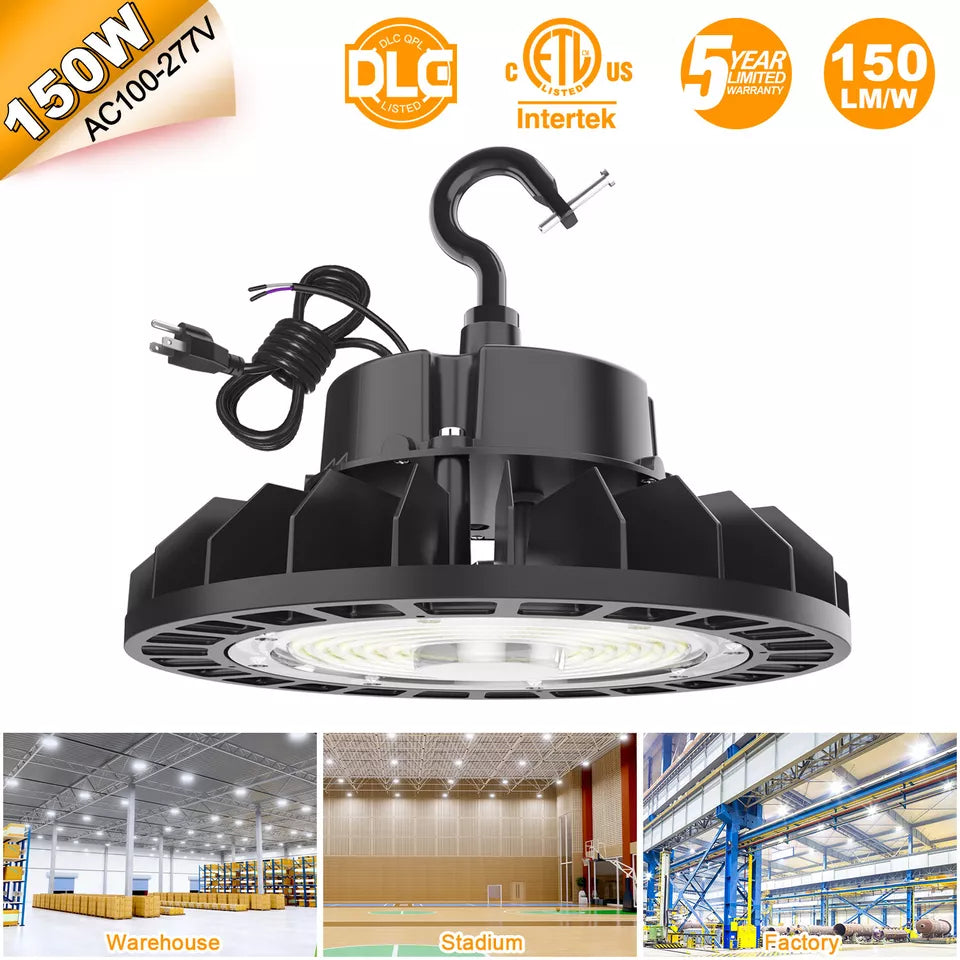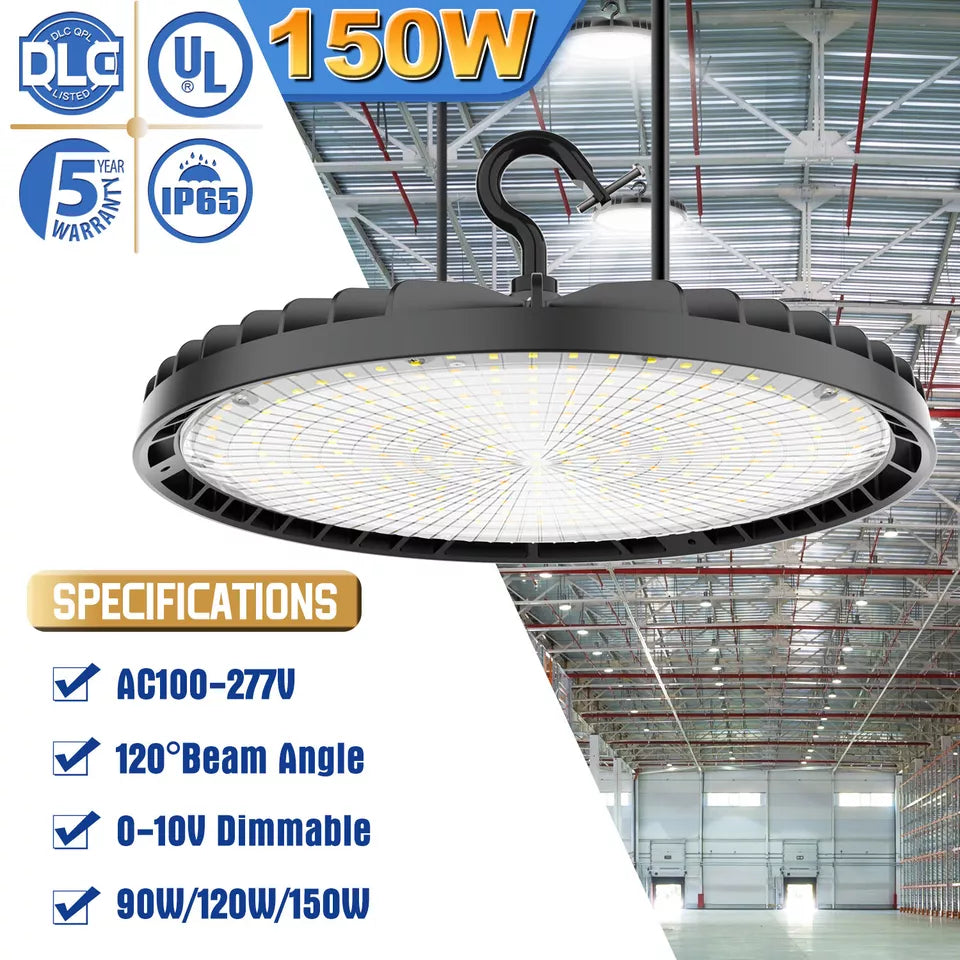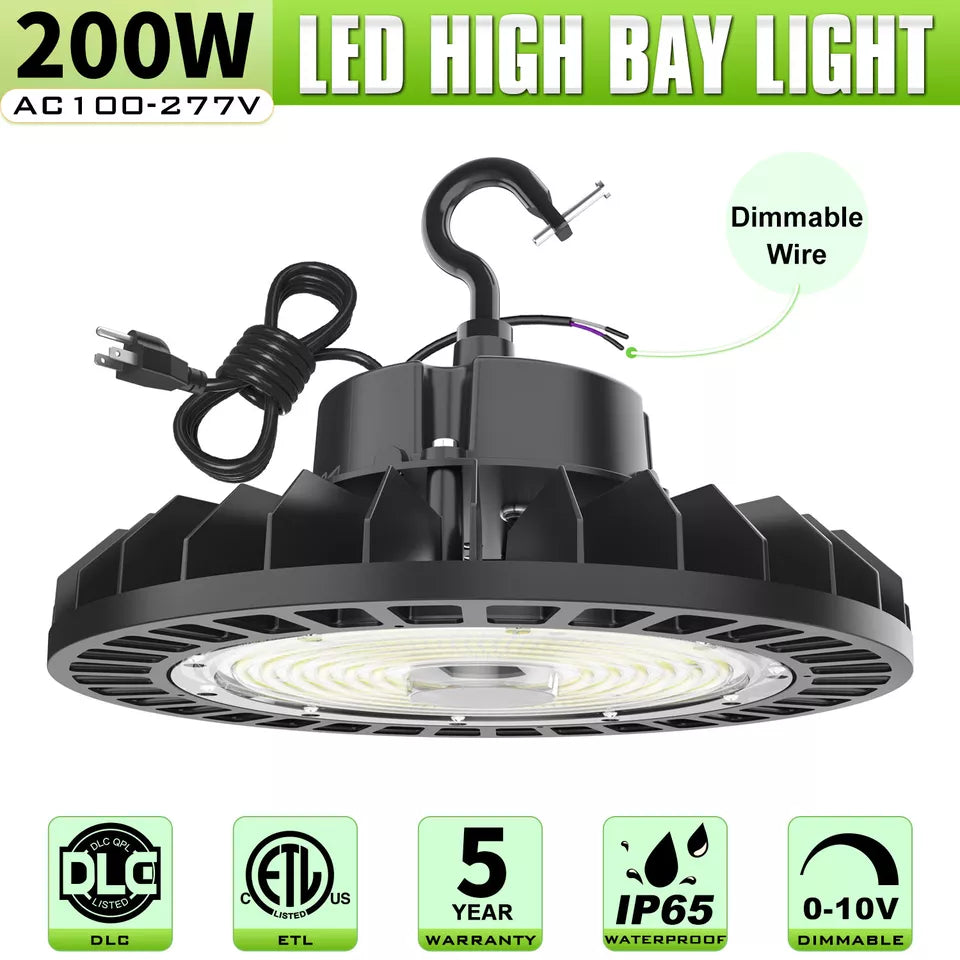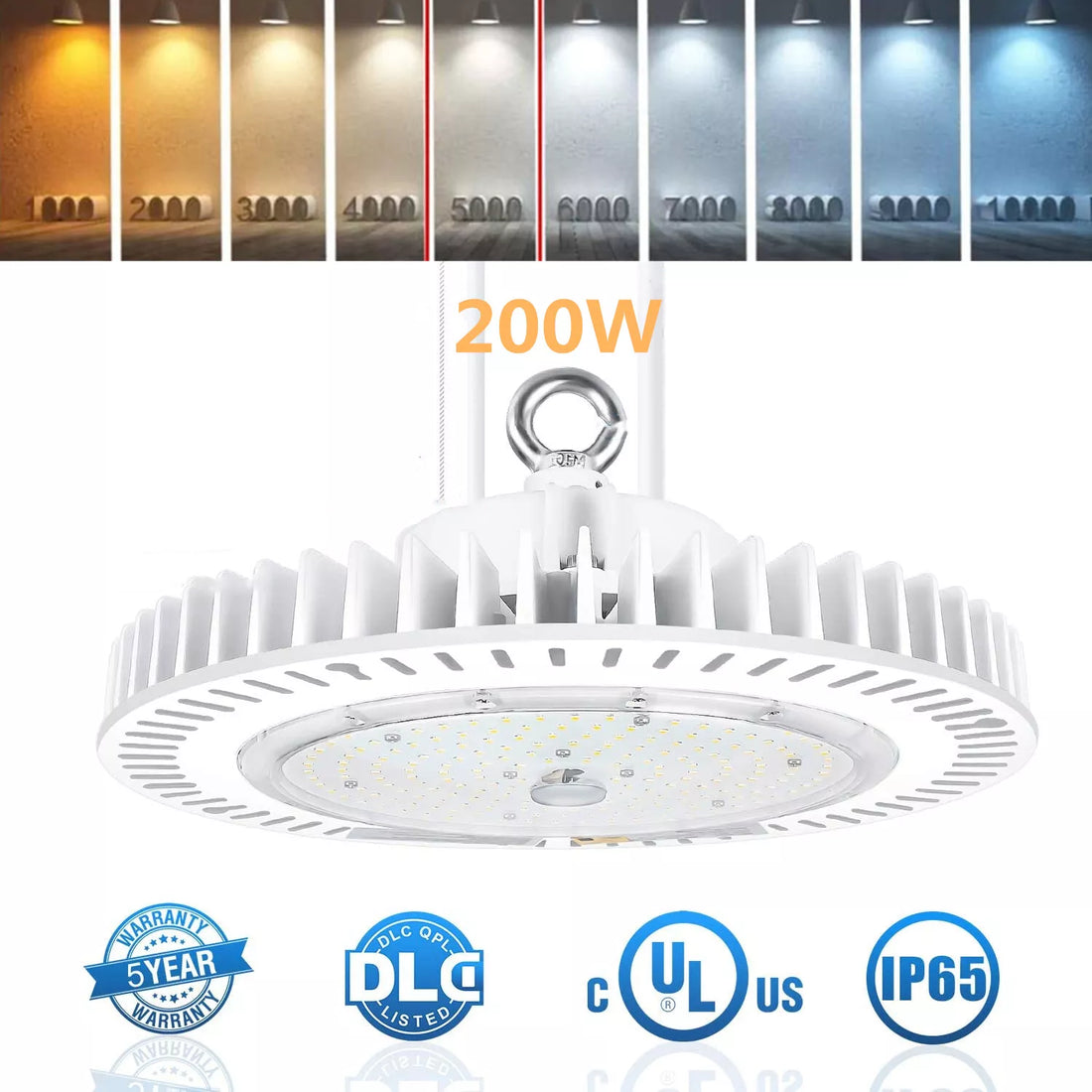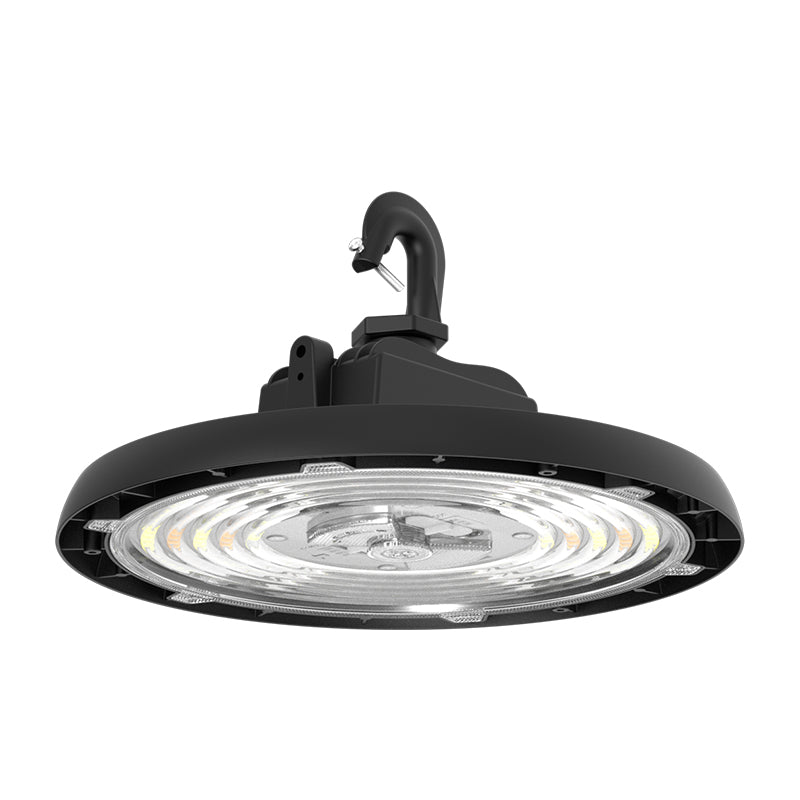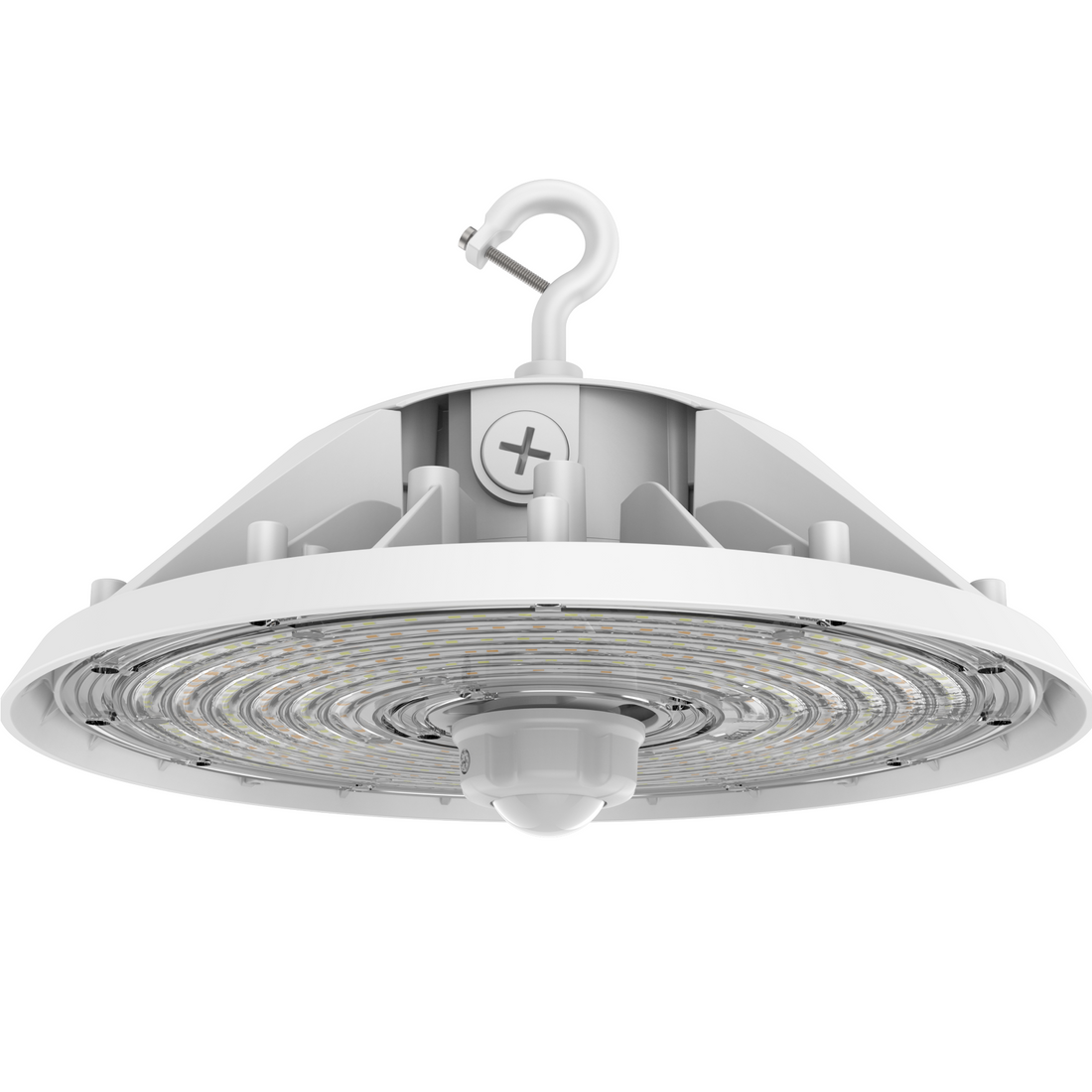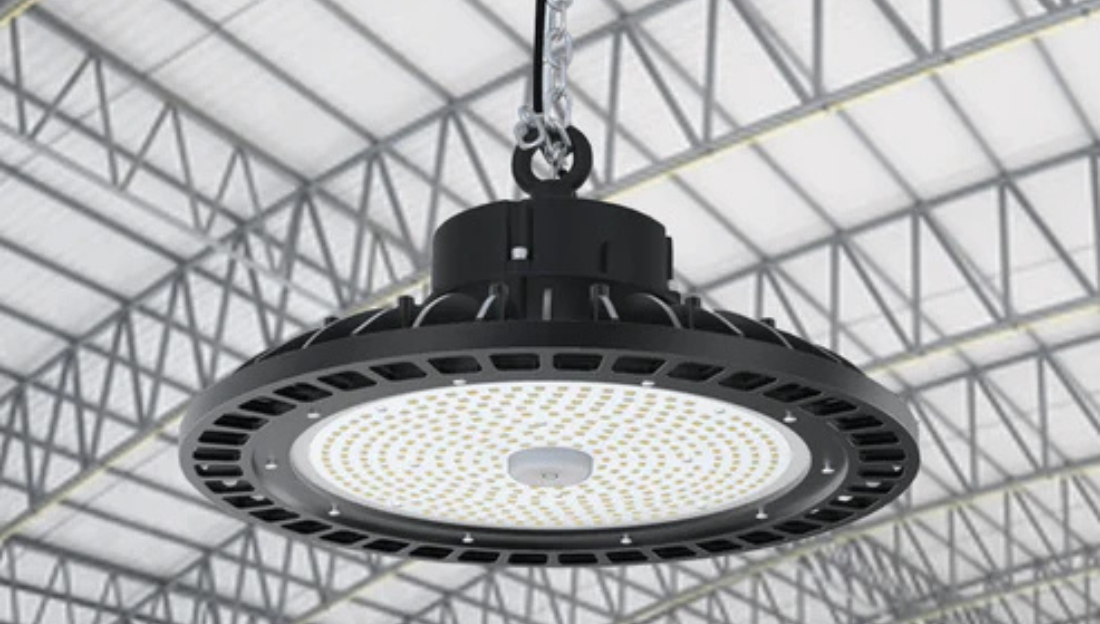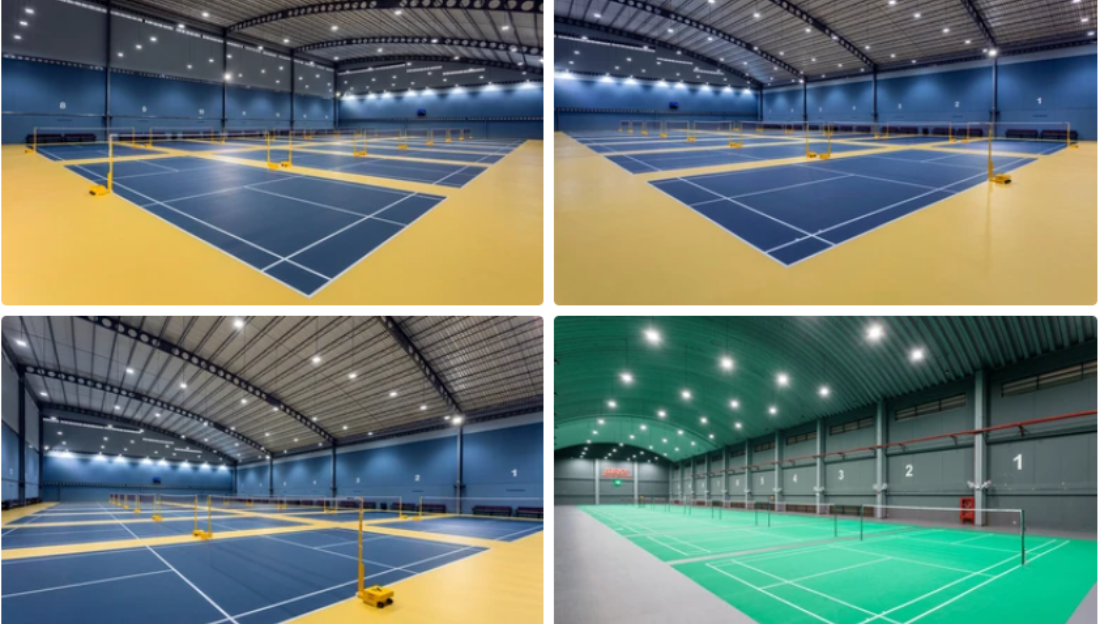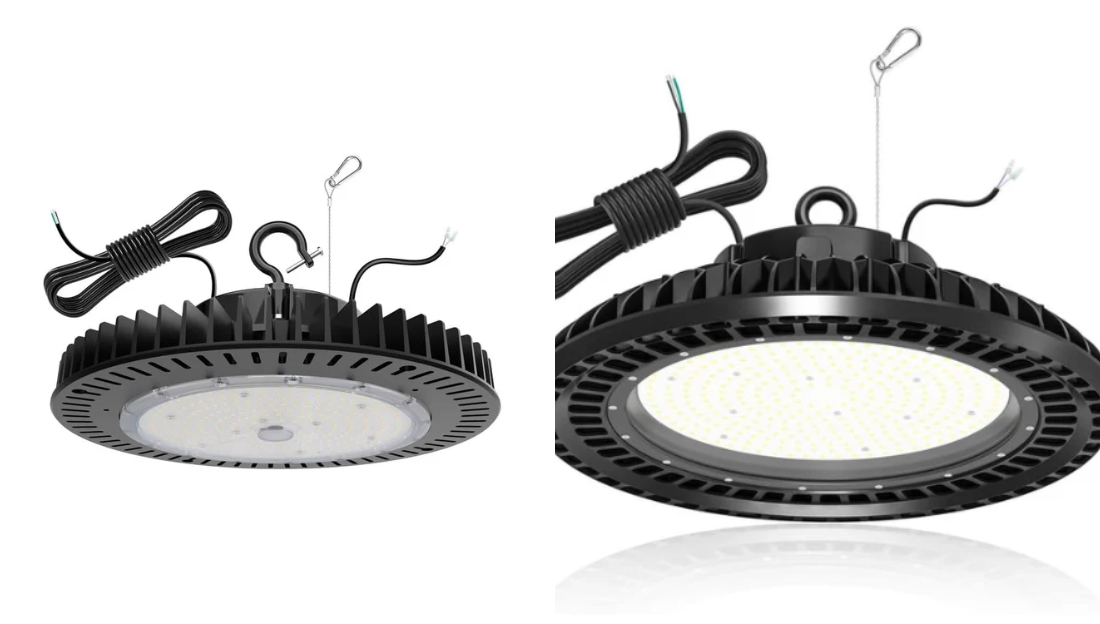Index
-
Introduction
-
Factors Affecting Lighting Needs
-
Recommended Lumens for a 40x60 Shop
-
Choosing the Right Type of Lights
-
Light Placement Strategy
-
Cost Considerations
-
Energy Efficiency Tips
-
Conclusion
-
FAQs
1. Introduction
Lighting plays a crucial role in any workshop, garage, or commercial space. If you own a 40x60 shop, ensuring optimal brightness will improve safety, productivity, and energy efficiency. But how many lights do you actually need? Let’s break it down.
2. Factors Affecting Lighting Needs
Several factors influence how much lighting your shop requires:
-
Shop Usage – Woodworking, automotive repair, or metal fabrication may require more intense lighting compared to storage.
-
Ceiling Height – Taller ceilings require more powerful lights to reach the workspace effectively.
-
Natural Light – Shops with ample windows may need fewer artificial lights.
-
Preferred Brightness Level – Some tasks require more lumens for better visibility.
3. Recommended Lumens for a 40x60 Shop
A general guideline for workshop lighting is 50 lumens per square foot for precision work and around 30 lumens per square foot for general tasks.
Lumens Calculation:
-
General lighting: 40x60 = 2,400 sq. ft. × 30 lumens = 72,000 lumens
-
Detailed work: 40x60 = 2,400 sq. ft. × 50 lumens = 120,000 lumens
This means you’ll need light fixtures that provide at least 72,000-120,000 lumens in total.

4. Choosing the Right Type of Lights
Different light types have varying brightness levels and energy efficiencies:
-
LED High Bays – Highly efficient and long-lasting, best for shops with high ceilings.
-
Fluorescent Fixtures – Good for dispersed lighting but consume more power.
-
Incandescent Bulbs – Not recommended due to high energy consumption.
-
Metal Halide – Bright but less energy-efficient than LED.
Suggested LED Fixture Count:
-
200W LED High Bays (30,000 lumens each) → 3-4 fixtures for general lighting, 5-6 for detailed work.
-
150W LED Panels (20,000 lumens each) → 4-6 for general lighting, 6-8 for detailed work.
-
T8 Fluorescent Tubes (2,500 lumens per tube) → 30+ tubes required.
5. Light Placement Strategy
-
Even Distribution – Space lights evenly to reduce shadows.
-
Task-Specific Lighting – Use extra lighting over workbenches.
-
Height Considerations – Mount high bay lights at 15-20 feet for best coverage.
-
Color Temperature – Choose 5000K (daylight white) for better visibility.
6. Cost Considerations
-
Initial Cost: LED fixtures are more expensive upfront but save money in the long run.
-
Energy Costs: LEDs use 50-75% less electricity than traditional lighting.
-
Lifespan: LEDs last up to 50,000 hours, reducing maintenance costs.
7. Energy Efficiency Tips
-
Install motion sensors or timers to reduce unnecessary energy use.
-
Use dimmable lights for better control over brightness levels.
-
Choose reflective surfaces (white walls, ceilings) to maximize light distribution.
8. Conclusion
For a 40x60 shop, you’ll need anywhere from 72,000 to 120,000 lumens, depending on the type of work you do. LED high bay lights or panels are the most efficient choices. Proper light placement and energy-saving strategies can enhance the workspace while keeping costs low.

9. FAQs
Q1: How many LED high bay lights do I need for a 40x60 shop?
If using 200W LED high bays (30,000 lumens each), you need 3-4 for general lighting and 5-6 for detailed work.
Q2: What is the best color temperature for a shop?
5000K (daylight white) is ideal for workshops, offering bright and clear visibility.
Q3: Can I mix different light types in my shop?
Yes, but it’s best to use similar color temperatures to maintain uniform brightness.
Q4: What’s the most cost-effective lighting for a large shop?
LED lights are the most cost-effective due to their efficiency and long lifespan.
Q5: Does ceiling height affect light placement?
Yes. Higher ceilings require more powerful lights or closer spacing to ensure adequate brightness.
Need help choosing the best lights? Drop a comment below!



